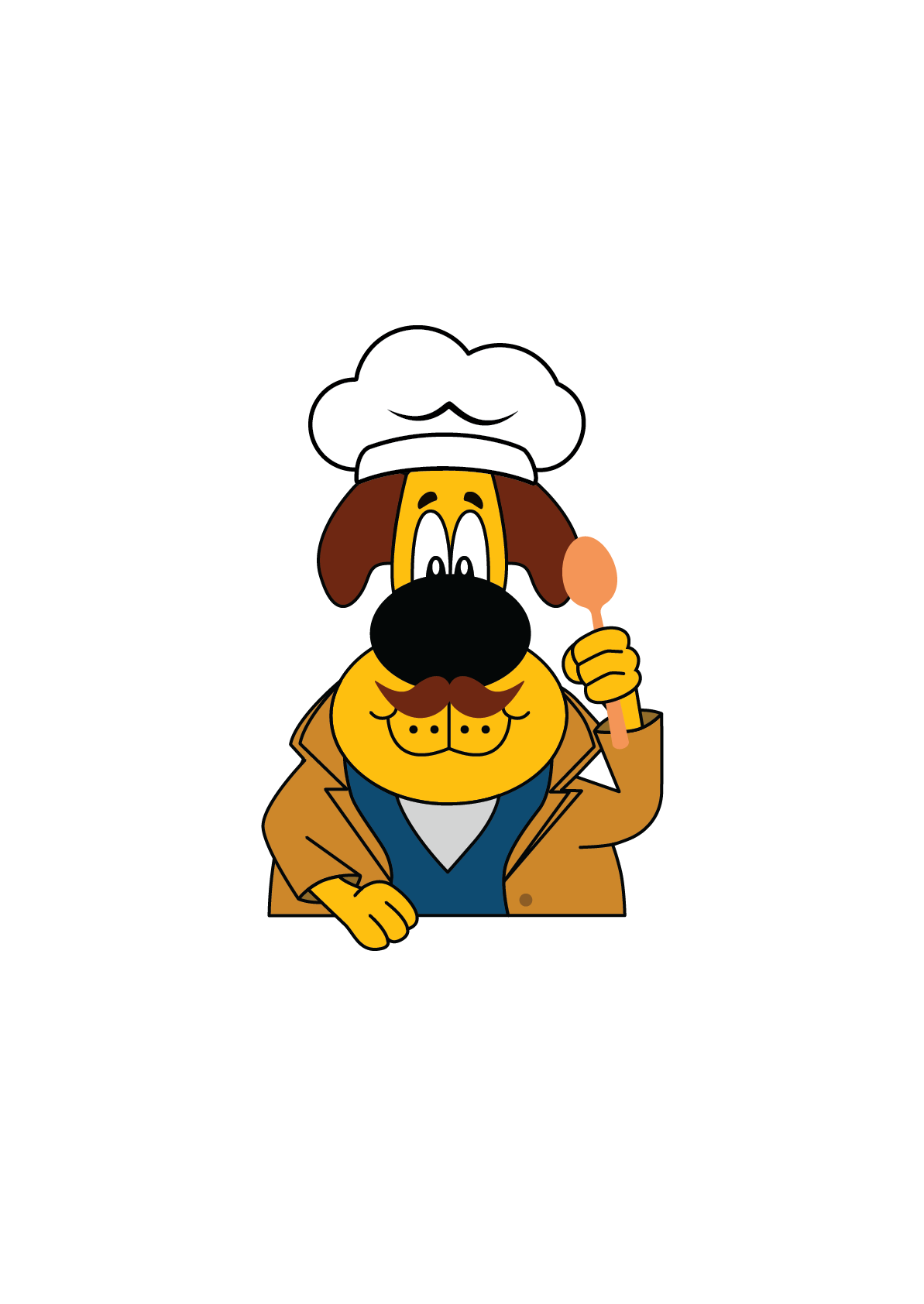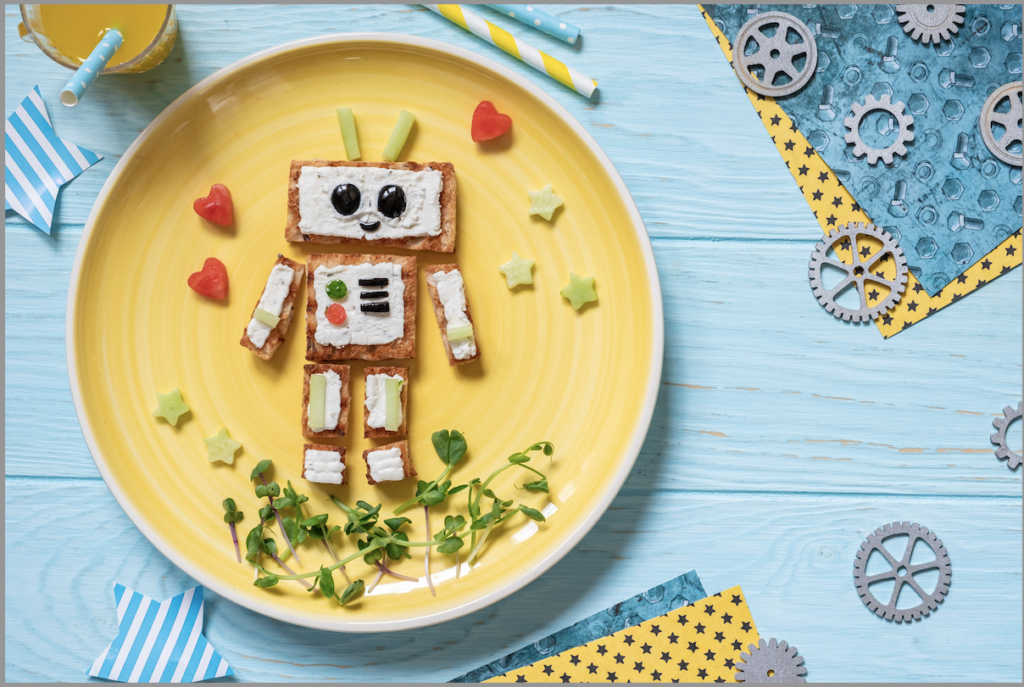
Edible Engineering
Who doesn’t enjoy popping some M&Ms® into their mouth or munching on a candy cane or crackers? Although some feel that these goodies have no place in the classroom, food can adds playfulness and fun to serious learning. Our students are more focused and engaged when they know that they are able to eat their yummy manipulatives when the work is completed.
Because of this, we’ve found integrating food into some of our STEM lessons to be very motivating for students.
Science
Using candy in science opens many avenues for all types of investigations. It has the added benefit that it can plant the seed in your students’ minds that even “fun” things like candy are firmly rooted in science.
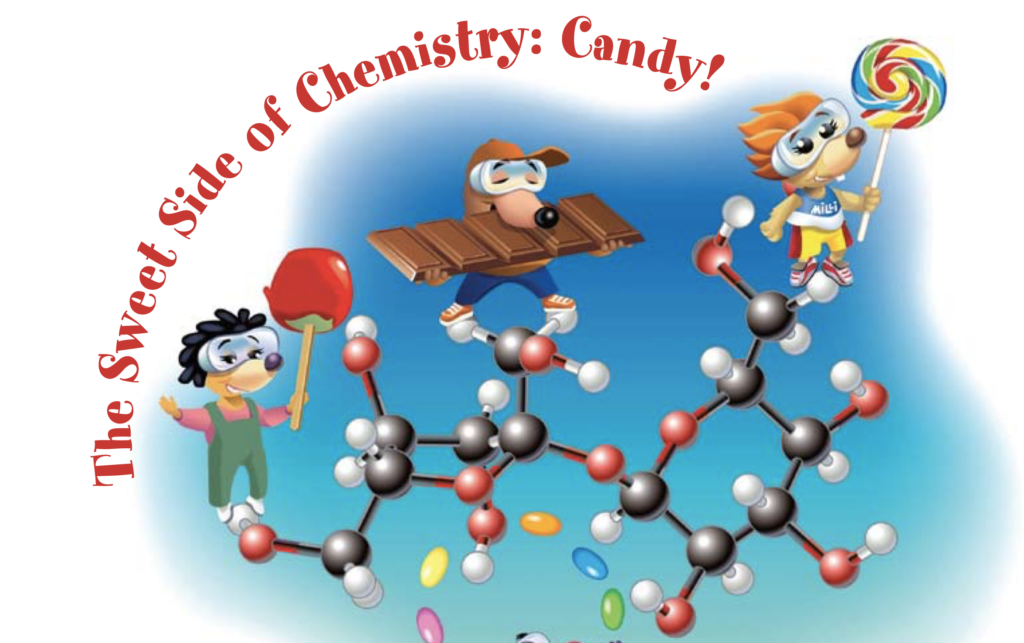
A great resource for candy in science is the American Chemical Society and their website has numerous interesting experiments and supporting videos. From marshmallows to Pop Rocks this is a tasty website.
There are also numerous books with candy experiments that are fun and informative. One of our favorites is:
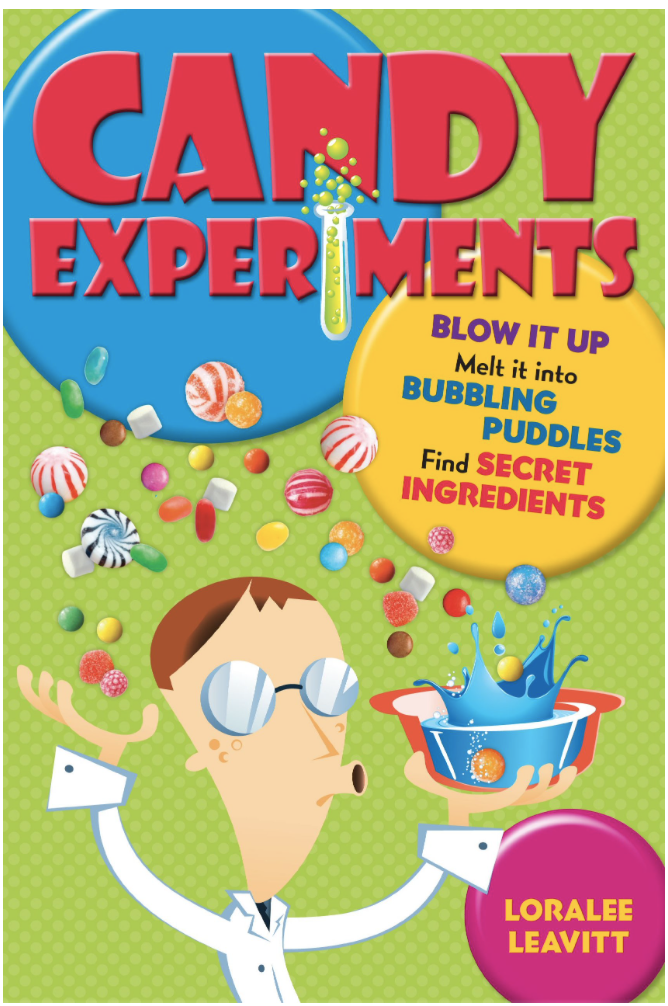
Another fun book for you and your kids is

Technology
Using Technology with food topics is a great way for your students to explore different types of software and let their artistic side blossom. Challenge your students to design a new wrapper or package their favorite candy or food using Google Slides. Another idea is to create a marketing ad or commercial to present to the class giving all the reasons why people should eat this great product, using facts about the food’s nutritional value.
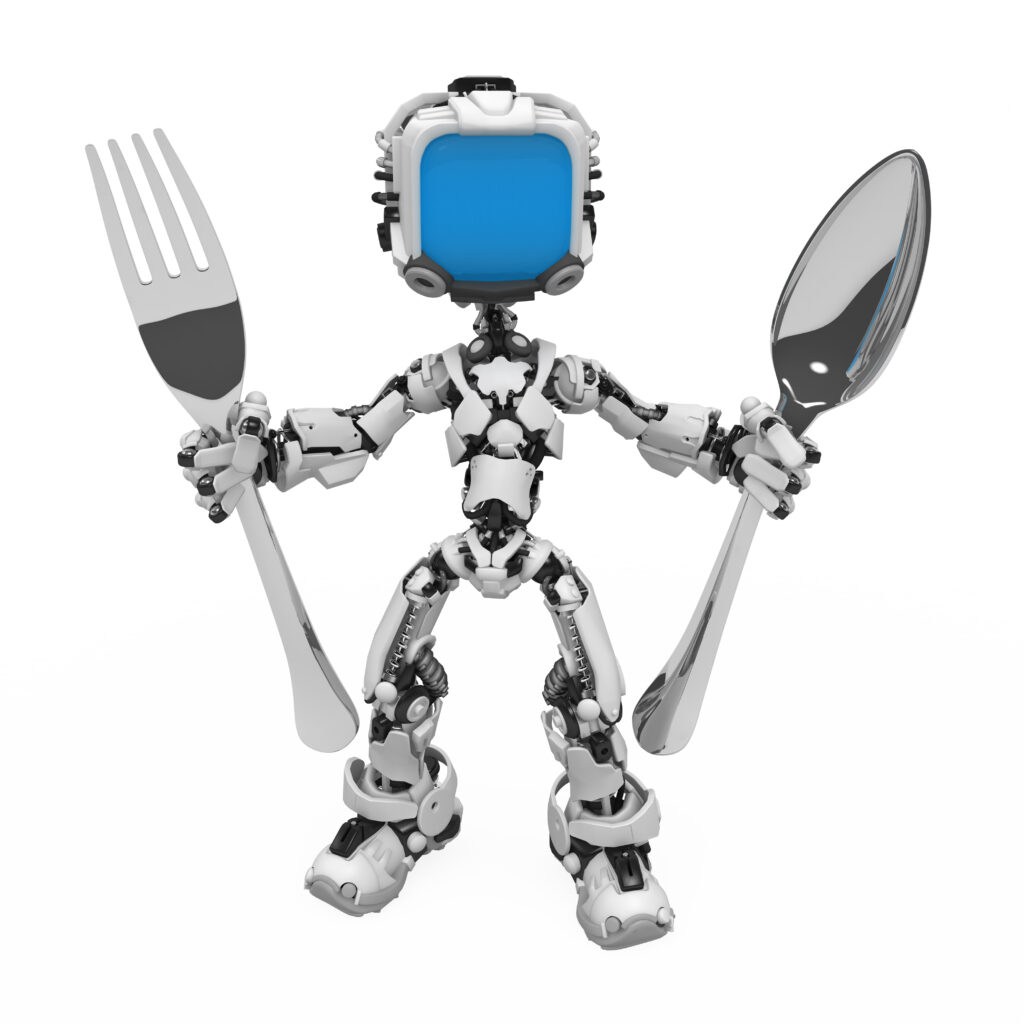
YouTube is a great resource for some very interesting videos on how many candies and food are made. You can watch everything from cotton candy to candy canes being made. Don’t overlook using videos to show your students how many different fruits and vegetables are grown and harvested. Those living in the city may not know that potatoes are actually dug out of the ground and when you eat an onion, you are eating the bulb of the plant!
Engineering
Cookies, candies and other foods are great building materials for many structures and vehicles. The great thing about using food in engineering is that in addition to problem solving, the challenge usually includes physical science and math.
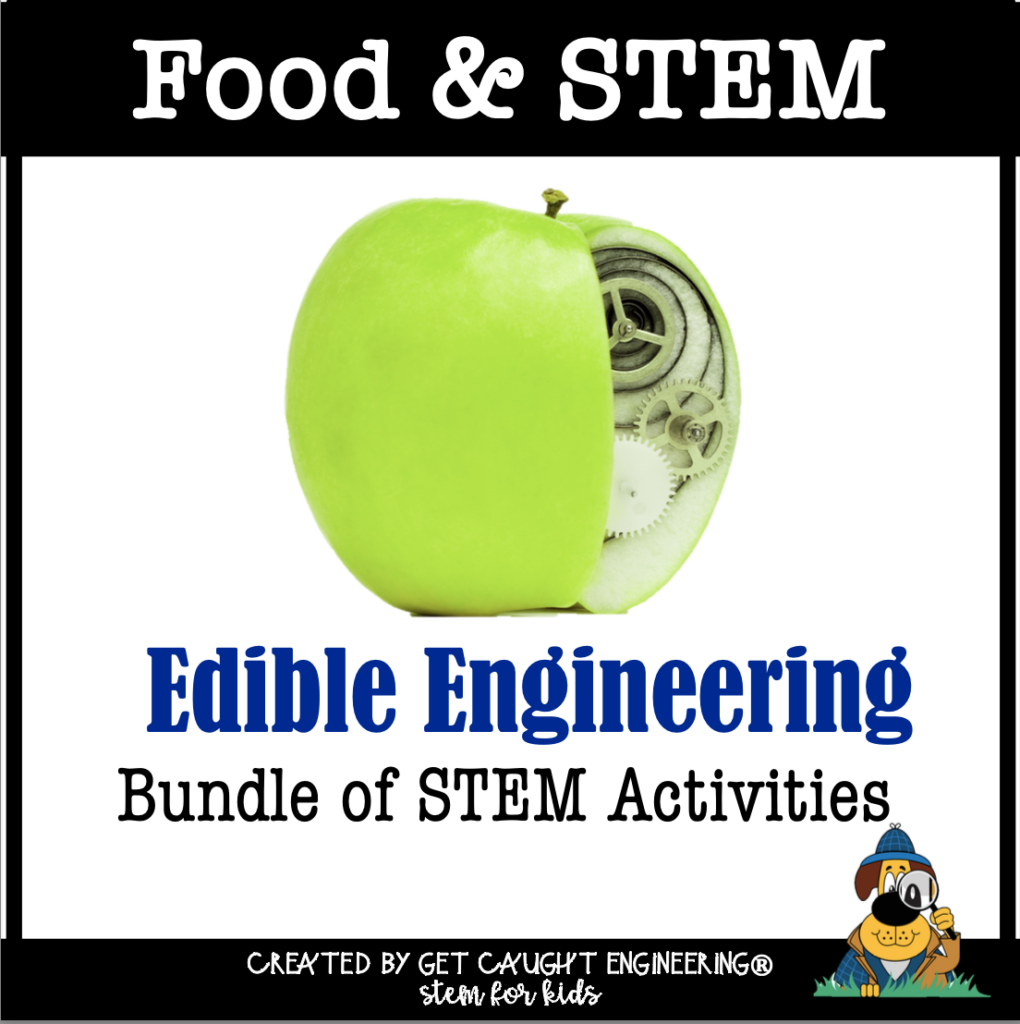
Our Edible Engineering bundle has 6 fun activities using a variety of foods. Everything you need to successfully facilitate these lessons is included: teacher guides, rubrics, and student handouts.
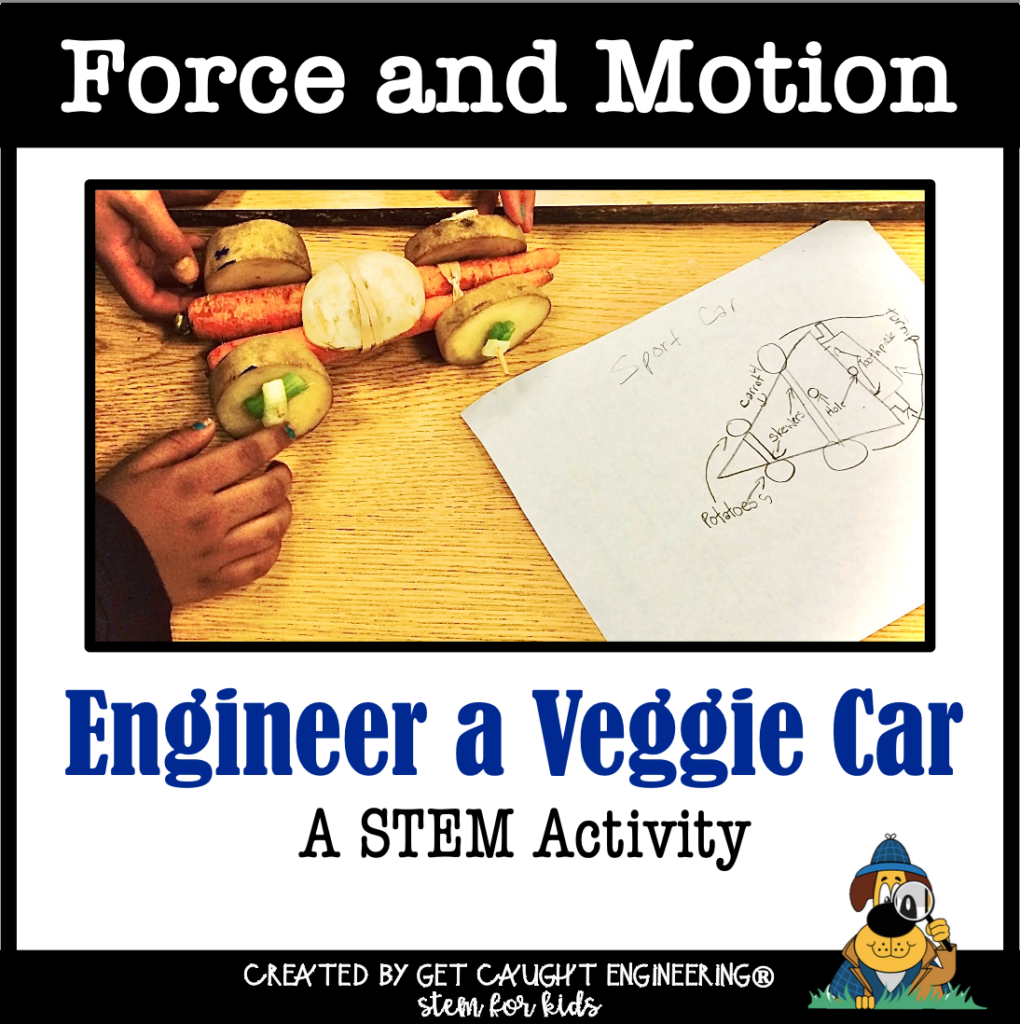
One of our favorite lessons involving food is to do a Great Veggie Car Race. Students design a car made entirely out of fruits and vegetables. Then they send them down a ramp, and measure to see which team’s car went the furthest while keeping all of the required food attached to the car.
FREE FOOD & STEM LESSON!
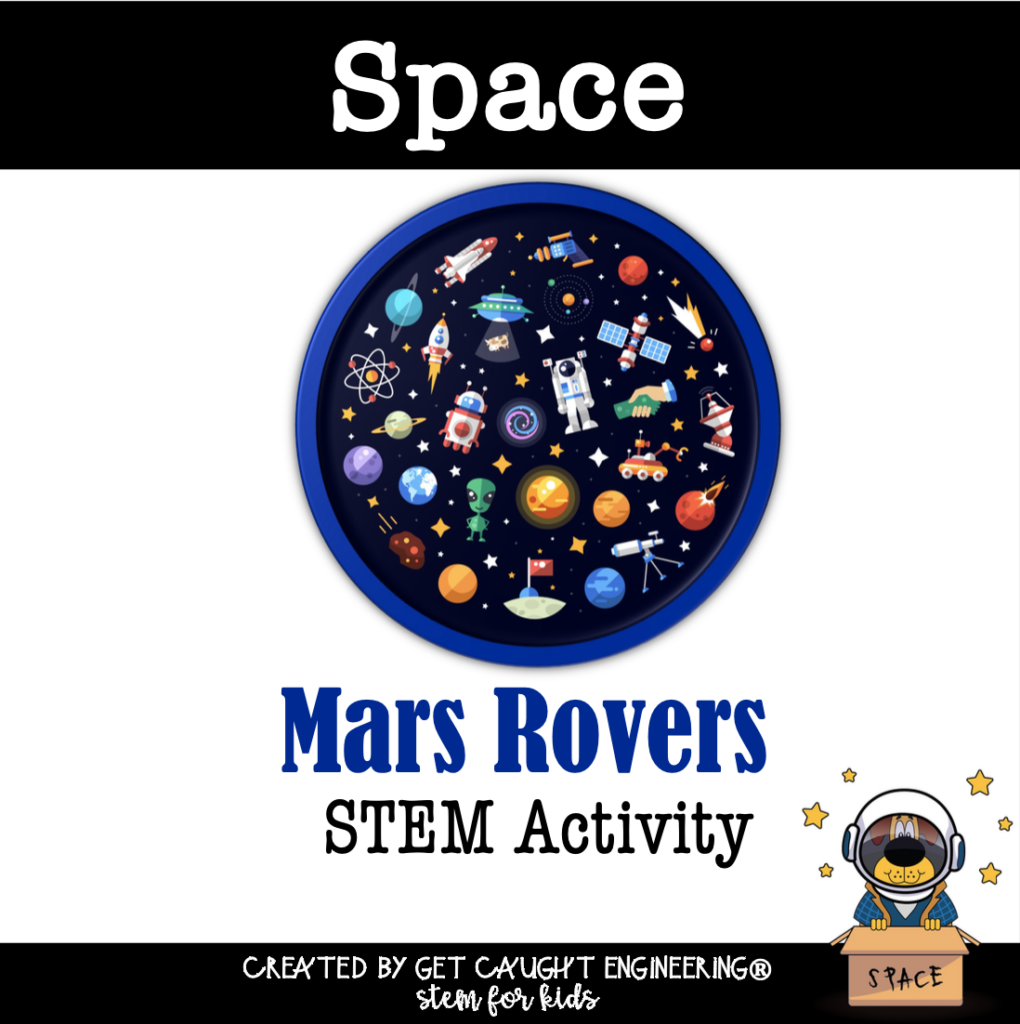
If you would like to “get a taste” of what these activities entail, download our FREE Sweet STEM-tas-tic Rovers that challenges your students to build a Mars rover out candy and cookies.
Math
Food lends itself to many math activities including measurement, patterns, fractions, graphs and percentages to name just a few.
We love using our Gum Drop Engineering lesson to have our students explore 3-D structures. It’s so much more fun to change a 2-D figure into its complimentary 3-D structure if you know you may be able to eat some of your manipulative materials!

We’ve also found several books and websites that have great lessons. Two of our favorites are by Jerry Pallota.
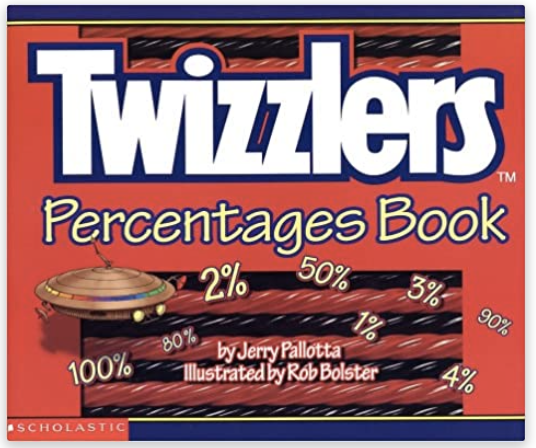
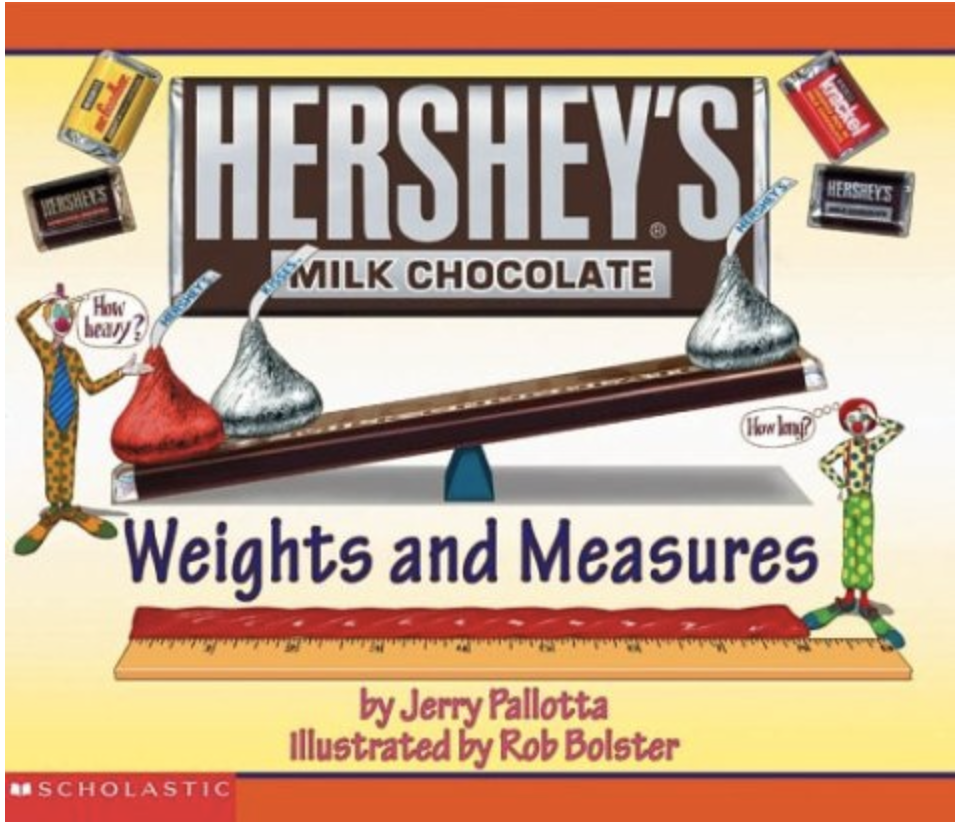
Literature and Food
Although literature doesn’t have a letter in the word STEM, we’ve found many ways to integrate STEM and food into our literature lessons.
Our Classics & STEM lessons have a family celebration at the conclusion of the book that includes food featured in the book or that was typically eaten in that particular setting. In the Charlie and The Chocolate Factory activities, students:
- Observe and Analyze carbon dioxide in carbonated drinks
- Design a new candy wrapper using online drawing programs
- Explore and practice fractions using candy
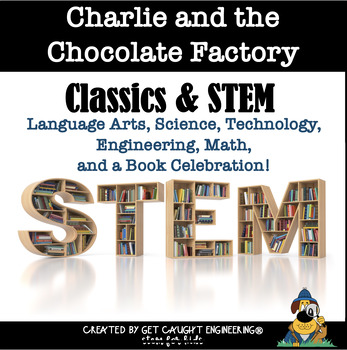
In our Engineering and Reading Series, students learn about how many foods, as well as other inventions, came about. After first reading about who invented the item, students then answer comprehension questions and then perform an activity that involves science, technology, engineering or math. We have lessons that explore candy corn, marshmallows, gummy worms, candy canes, and candy hearts.
The lesson Who Invented Candy Hearts? is a great addition to a Valentine Party.

Company Resources
Do you have any food companies in your town? They often have outreach programs with classroom visits, lessons and food activity donations available. Whether a small company or a large corporation, we have often been surprised to learn about their free resources when we have made inquiries.

One company with a great educational outreach program is King Arthur Baking Company. Bake for Good is King Arthur Baking Company’s free outreach program for students in grades 4 through 12. It can be in-person or virtual depending on where you are located! They have three goals: learn, bake, and share. Students learn the math and science of making bread from scratch. With supplies from King Arthur, they bake the bread recipe at home or together in school. The recipe makes two loaves, one to keep and one to share with someone in need or as an act of kindness.
A Word of Caution
Although teaching with food is fun and has many benefits, you need to be aware of any school or district restrictions about bringing food into the classroom. You also need to be aware of any food allergies and religious restraints some of your students have. You may not be planning on your students eating their manipulative materials afterwards but young children often can’t resist a bite or two, so be sure that this can be done safely.
We recommend:
- You have a complete list of any restrictions that each student has. With some religions students won’t be able to eat or even handle any gummy or gelatin based foods. It may be a good idea to send a letter home early in the year outlining some of the activities you are planning with food. Other items such as gluten or eggs can cause an immediate emergency allergic reaction for a child.
- Be prepared with substitute food, candy or different lesson in case you find out at the last minute that a child cannot eat or handle what you are using.
- Keep cleaning wipes handy to sanitize desks between classes if you have rotating groups.
- Student desks (and let’s face it, their hands) are not always the cleanest. We often had the students discard their manipulative and supplied them with “clean” candy or food after the activity was over.

We hope you Get Caught Engineering® this month!
Wendy (who loves Red Vines®)and Cheryl (who loves Sour Patch Candies®)
Disclaimer: As an Amazon Associate we earn from qualifying purchases. This helps to support our website.



